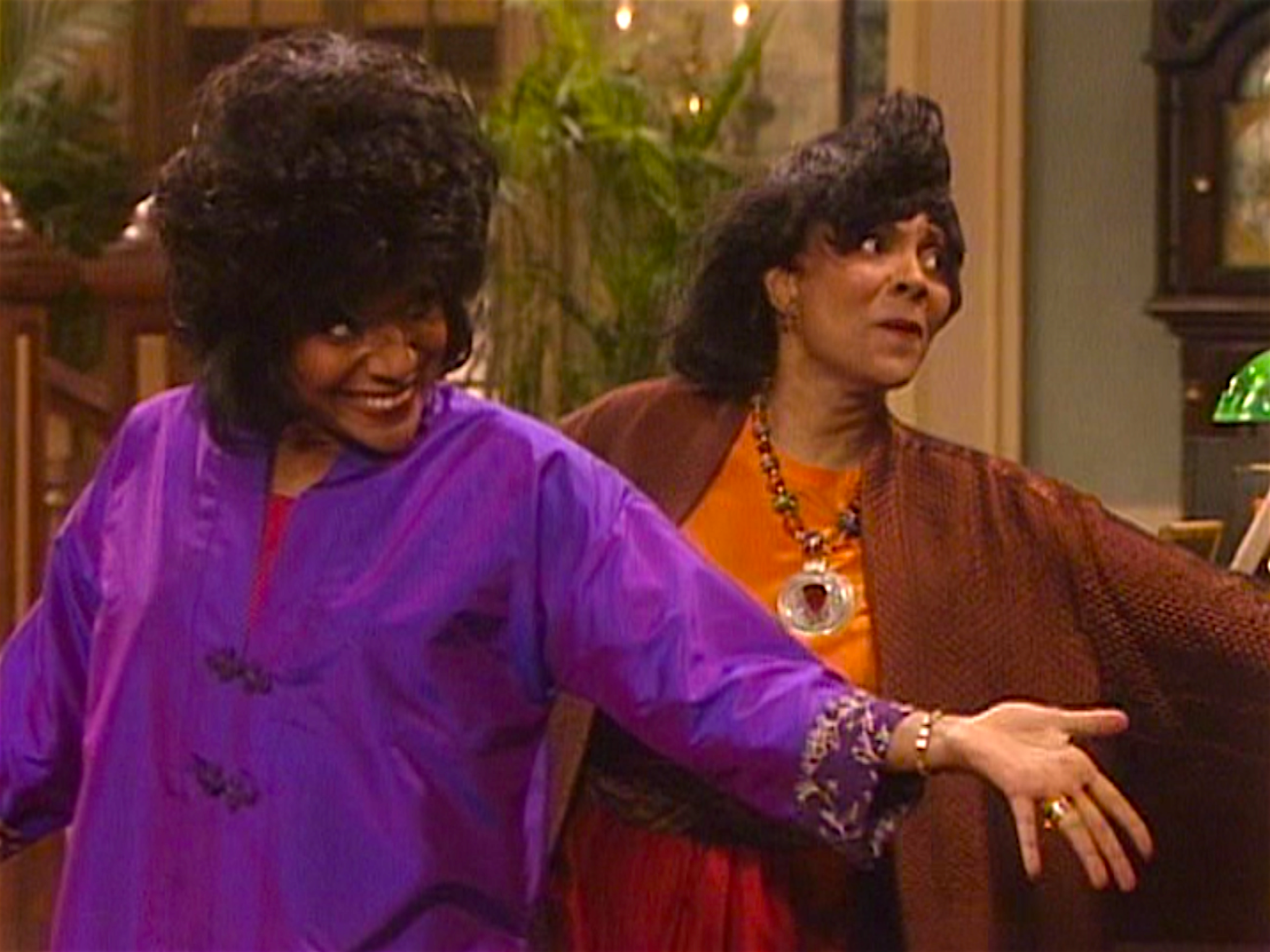
When The Cosby Show first aired, it did more than just entertain — it opened a dialogue about race, class, and family in America. The Huxtables, an educated, successful, and loving African-American family, became an aspirational model for viewers of all backgrounds. While many sitcoms before The Cosby Show had dealt with family dynamics, none had done so with such a strong focus on African-American culture and experience. This article will explore how the show’s portrayal of the Huxtables influenced the cultural and social landscape in ways that are still felt today.
Redefining the African-American Family
In the 1980s, African-American representation on television was limited. Shows like The Jeffersons and Good Times had featured African-American families, but these shows often focused on the struggles of working-class families. In contrast, The Cosby Show presented an image of African-Americans who had overcome adversity and achieved professional success.
The Huxtables were not portrayed as struggling with poverty or systemic oppression; instead, they were shown as prosperous, educated, and balanced. Cliff Huxtable, played by Bill Cosby, was a successful obstetrician, while his wife Claire (Phylicia Rashad) was a lawyer. The couple’s career success was portrayed as a source of pride for their children, reinforcing the value of education and hard work.
Educating and Empowering the Audience
The Cosby Show also broke new ground by showing African-American professionals in a positive light. Cliff and Claire Huxtable were not defined by stereotypes but were multi-dimensional characters with flaws, humor, and deep love for their family. Their educational and professional success was presented as attainable, and the show emphasized the importance of pursuing higher education and being socially responsible.
Many viewers, both African-American and otherwise, saw themselves in the Huxtables. The show empowered African-American families by offering an image of what was possible through education and perseverance. Young African-Americans could now see a realistic, positive portrayal of a professional family that reflected their own aspirations.
Tackling Race, Class, and Identity
While the show’s focus was primarily on family dynamics, it did not shy away from issues of race. Several episodes tackled the complexities of being African-American in a predominantly white society. The characters faced challenges related to their racial identity, but these challenges were often framed in a context that allowed for growth and understanding.
For example, one memorable episode dealt with Theo’s desire to join a predominantly white private school. The episode explored themes of assimilation, racism, and the pressure to fit in, yet it also emphasized the importance of individuality and confidence. In this way, The Cosby Show subtly addressed the complexities of race while always maintaining a positive and optimistic outlook.
The Impact on Future Television
The Cosby Show paved the way for a wave of shows that followed its blueprint, particularly those that depicted African-American families in a positive light. Shows like A Different World, The Fresh Prince of Bel-Air, and Family Matters built on the groundwork laid by The Cosby Show, featuring African-American characters in prominent, well-rounded roles.
The show also opened doors for diverse casting in other genres. Today, we see African-American characters in a wide variety of television shows, from sitcoms to dramas to documentaries. The Huxtables proved that African-Americans could be portrayed as multifaceted characters, breaking away from traditional tropes.
Conclusion: A Show That Changed TV Forever
The Cosby Show remains one of the most influential TV shows in history. Its impact on the cultural and social fabric of America cannot be overstated. The show presented a vision of African-American family life that had been rarely seen before, one that was grounded in love, education, and success. The Huxtables provided a blueprint for future generations of television characters, proving that diversity and positive representation could resonate with audiences of all races and backgrounds.
